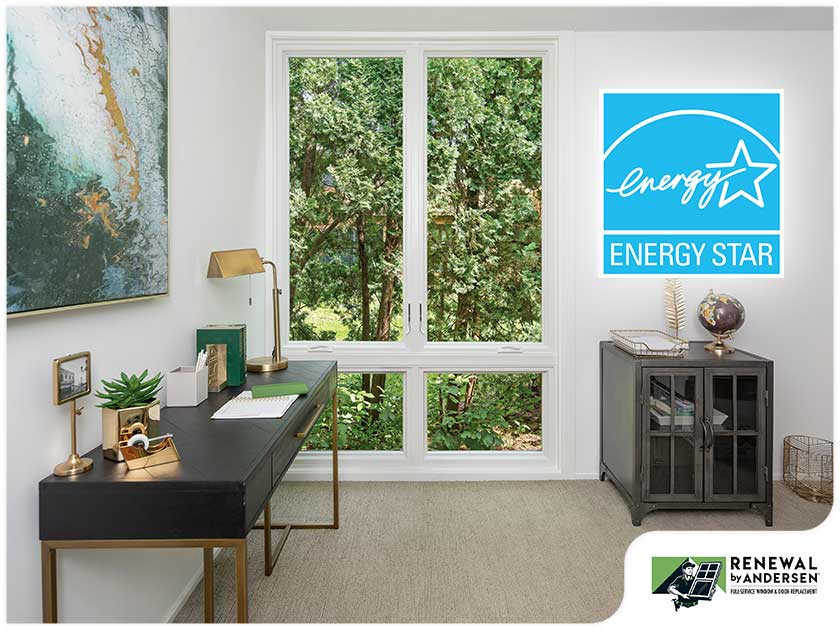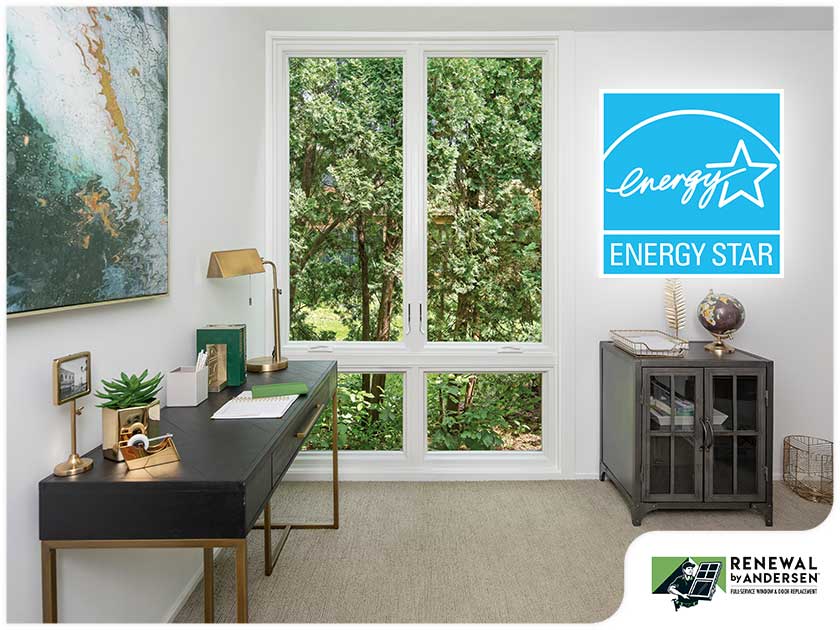As you plan your window installation project, you’ll find that most of the windows will carry two certain labels. These come from the National Fenestration Rating Council® (NFRC) and ENERGY STAR®, and they rate how the window meets today’s standards in efficiency and performance. But what’s the difference between the two labels?
How They Work Together
ENERGY STAR sets the minimum performance standards on qualified products, such as windows, skylights and doors. It also mandates their performance levels, but the organization doesn’t test and certify them. Instead, this is independently done by NFRC. The NFRC is a nonprofit organization that’s responsible for the rating, certification and labeling of windows and doors. These ratings help consumers easily identify which products have the best energy performance.
Understanding the NFRC® Ratings
If you want to ensure you choose the right products, you need to understand what the NFRC ratings mean. These can be found on all ENERGY STAR-certified window and door products and are listed with five measurements.
- U-Factor (Range: 0.20 to 1.20)
This shows the rate of heat transfer to know how well the window insulates. The lower the rating, the better the product’s insulation properties.
- Air Leakage (Range: N/A but 0.3 is standard building code)
Look for this to know how much air passes through the product’s joints. A lower rating means the product is less likely to have drafts over time. Of course, ENERGY STAR standards don’t consider air leakage because it’s difficult to make an accurate measurement. The product’s air leakage rating can also change as the frame expands, contracts or warps over time.
- Solar Heat Gain Coefficient (SHGC) (Range: 0 to 1)
This measures the fraction of transmitted solar energy as well as how the product blocks heat caused by the sunlight. Go for a lower rating if you want less solar radiation and heat in your home.
- Condensation Resistance (Range: 1 to 100)
Look for this to see how a product resists moisture buildup. A lower rating means more condensation the product allows to build up. Most ENERGY STAR-rated windows also tend to have a good condensation resistance.
- Visible Transmittance (Range: 0 to 1)
This refers to how much light a product allows to pass through the glass. A lower rating means the room will be dimmer and vice versa.
When it comes to quality window installation services, Renewal by Andersen® of San Francisco always gets the job done right! Contact us today at (866) 609-5033 or via our convenient online form. We serve customers in San Francisco and nearby areas.


